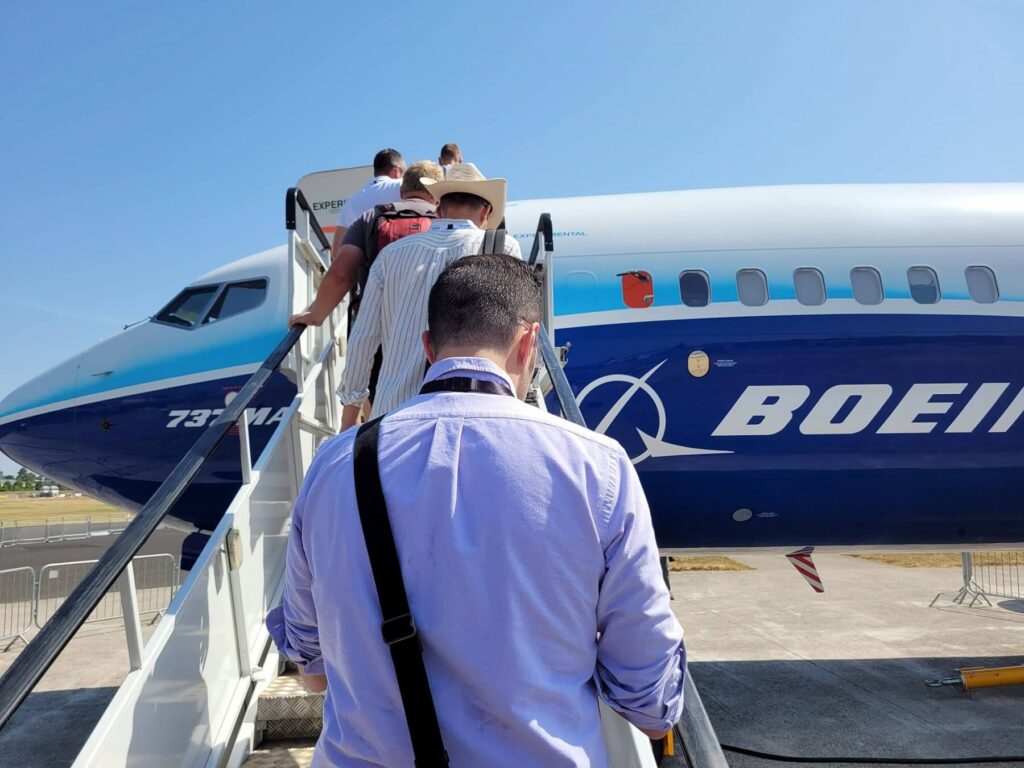Boeing expects that its newest 737 MAX 10 airliner could be granted permission to enter service in the first half of 2023.
This would mean that the smallest aircraft in the MAX family, the MAX 7, would enter service before the largest variant, the MAX 10, which is affected by certification issues with US regulators.
The Boeing 737 MAX 7 could be certified by the end of 2022, while the largest member of the aircraft family, the MAX 10, could be certified in the first half of 2023, a Boeing spokesperson told Reuters earlier this week.
In March 2022, the US aviation regulator expressed concern that Boeing might miss the deadline to meet the regulatory directives by the end of 2022. If the aircraft is not certified by the Federal Aviation Administration by that time, only the US Congress can extend the deadline.
In July 2022, Boeing chief executive Dave Calhoun warned that there was a risk the plane maker could cancel the MAX 10 program due to certification delays.
The Boeing 737 MAX 7 took off on its maiden flight in March 2018. The jet’s entry into service was initially scheduled with Southwest Airlines (LUV) for early 2019. However, two fatal MAX crashes and the subsequent worldwide grounding of the jet have drastically altered that.
The Boeing 737 MAX 7 was seen taking off on a few trial flights earlier in 2022 and is currently expected to be cleared for operations by the US regulators by the end of the year.
The MAX 7 is the smallest member of Boeing’s upgraded narrow-body twin-engine jetliner range. In comparison to its predecessor, the 737-700, MAX 7 fits two more seat rows, accommodating 12 more seats and can carry up to 153 passengers in a two-class configuration, with a maximum capacity of 172 seats.
The aircraft has a range of 3,850 nautical miles (7,130 km), which is the longest of all other 737 MAX Family aircraft. According to Boeing, the shortened 737 aircraft is designed for flying at high altitudes and hot climates or on longer journeys than larger narrow-body jets.

